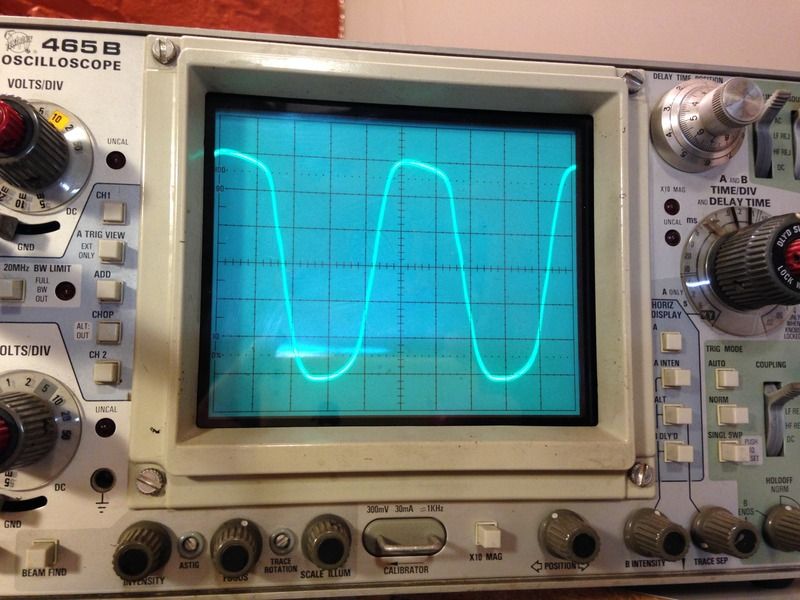.27 ohm emitter resistors all measure between .38 and .42 ohms
Hmmm
Hmmm
30% off all Honey Amp kits, check it out at https://store.ssguitar.com !
This section allows you to view all posts made by this member. Note that you can only see posts made in areas you currently have access to.
Show posts Menu



